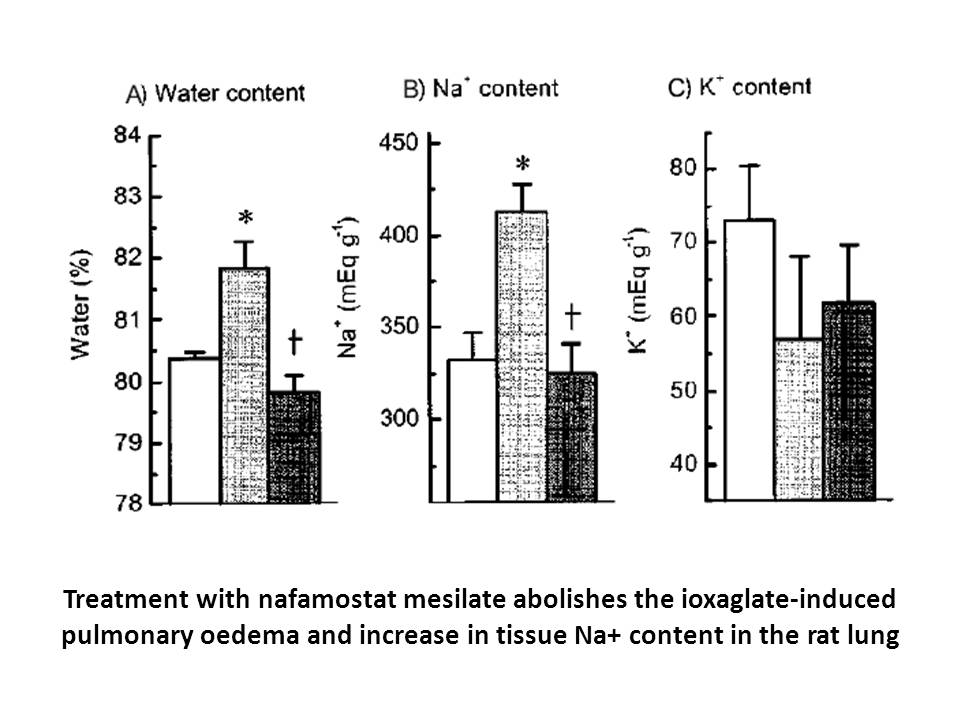Archives
During the past decades HT had been widely prescribed with
During the past decades HT had been widely prescribed with the expectation of both osteoporosis and cardiovascular disease prevention. The results of the Women's Health Initiative (WHI) trial, however, indicated that long-term HT use is associated with a small but significant increase of cardiovascular events and breast cancer [3]. Whereas the increase in ischemic heart disease risk is probably confined in older women, in whom HT is not usually prescribed, breast cancer risk increase applies to younger women initiating HT soon after menopause [2].
Classification of progestogens (Fig. 1)
Fig. 1
Progestins structurally related to testosterone are subclassified into ethinylated compounds and non-ehinylated, like dienogest and drospirenone. Ethinylated compounds are subdivided into estranes (norethindrone or norethisterone acetate, ethynodiol diacetate, norethynodrel, lynestrenol) and 13-ethylgonanes (levonorgestrel, desogestrel, norgestimate, gestodene) [8]. Depending on their structure, progestogens differ with regard to potency and pharmacokinetic properties. Furthermore, the pharmacodynamics of each Calcein AM synthesis depend on binding to other steroid receptors, beyond the progesterone receptor, such as the androgen,  the glucocorticoid and the mineralcorticoid receptor. For example, levonorgestrel has weak andogenic activity, cyproterone acetate has anti-androgenic activity and drospirenone has anti-mineralcorticoid activity [8], [9]. Most progestogens are administered orally. Progesterone can also be delivered vaginally, norethisterone acetate transdermally and levonorgestrel directly to the endometrium through an intrauterine releasing system [10].
the glucocorticoid and the mineralcorticoid receptor. For example, levonorgestrel has weak andogenic activity, cyproterone acetate has anti-androgenic activity and drospirenone has anti-mineralcorticoid activity [8], [9]. Most progestogens are administered orally. Progesterone can also be delivered vaginally, norethisterone acetate transdermally and levonorgestrel directly to the endometrium through an intrauterine releasing system [10].
Breast cancer risk and hormone therapy in postmenopausal women
Breast cancer is the most common malignancy in women and the second commonest malignancy after prostate cancer. The lifetime risk of developing breast cancer is around 12%. Nearly half of the cases will be diagnosed between 45–65 years of age [11], a time point at which hormone therapy is usually prescribed. The most important risk factor of breast cancer is age, followed by a history of benign proliferative breast disease, especially if atypia is present, increased mammographic density and a family history of breast cancer in first degree relatives before the age of 65 years. Weaker risk factors include obesity, nulliparity, age at first delivery, alcohol intake, nutrition and the use of HT [12]. According to the WHI results, combined HT resulted in 26% increase in breast cancer after 5 years of use [3]. Based on an annual incidence rate of 2% in women in their 50s [12], the excess risk conferred by HT would be 5 additional cases per 1000 women receiving combined HT for more than 5 years. This risk appears to affect mainly lean postmenopausal women with dense breasts [13] starting HT soon after menopause. On the other hand, obese women or women starting HT after an interval of 3–5 years have a lower excess HT—associated risk, although the baseline risk of obese women is higher compared to lean women [14]. There is no evidence so far that the type of estrogen or the route of administration modulates breast cancer risk [15][16]. Furthermore, although different estrogen doses may have a different impact on breast density [17], [18], there is no evidence that the administration of lower doses of estrogens will have a favorable effect on breast cancer risk [15].
Characteristics of the HT regimen with respect to the progestogen and breast cancer risk
Conclusions
Contributors and their role
Competing interest
Funding
Provenance and peer review
Introduction
Schwann cells are the myelinating cells of the peripheral nervous system. After development, they can be present in two different differentiation states, which are known as myelinating and non-myelinating Schwann cells. After nerve injury, both Schwann cell types can change their differentiation state into repairing Schwann cells, which are proliferat ive and migrating cells, and are of fundamental importance during the nerve regeneration process [1], [2], [3], [4]. An important determinant of the Schwann cell differentiation state is cyclic AMP (cAMP) levels. Increased intracellular levels of cAMP are known to promote and maintain the myelinating phenotype [4], [5], [6]. Indeed, Schwann cells have been shown to undergo multiple cycles of differentiation and dedifferentiation following cAMP addition and removal [5]. Moreover, intracellular cAMP levels were shown to determine the response to Neuregulin-1 (NRG-1), a master regulator of myelination. Low cAMP levels led to cell proliferation, while higher cAMP levels determined cell differentiation towards the myelinating phenotype in vitro [6].
ive and migrating cells, and are of fundamental importance during the nerve regeneration process [1], [2], [3], [4]. An important determinant of the Schwann cell differentiation state is cyclic AMP (cAMP) levels. Increased intracellular levels of cAMP are known to promote and maintain the myelinating phenotype [4], [5], [6]. Indeed, Schwann cells have been shown to undergo multiple cycles of differentiation and dedifferentiation following cAMP addition and removal [5]. Moreover, intracellular cAMP levels were shown to determine the response to Neuregulin-1 (NRG-1), a master regulator of myelination. Low cAMP levels led to cell proliferation, while higher cAMP levels determined cell differentiation towards the myelinating phenotype in vitro [6].